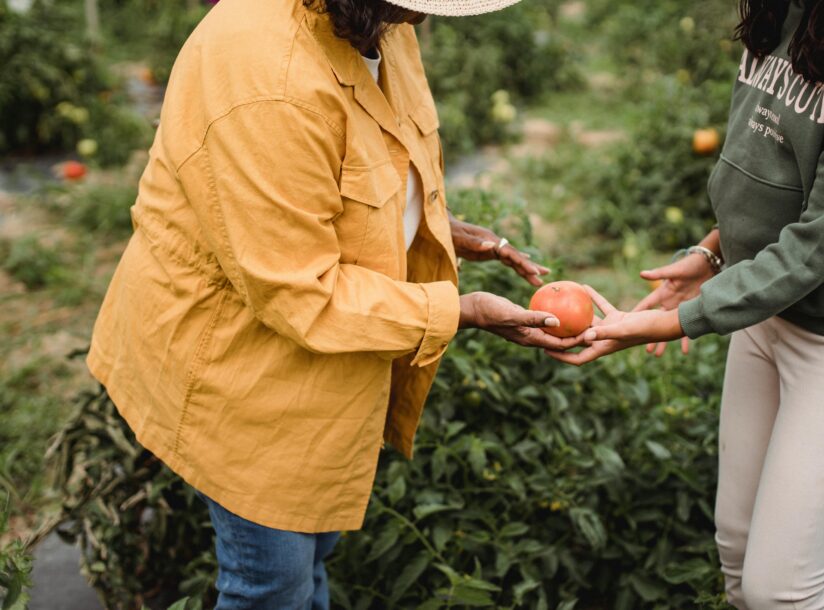Overview of Agricultural Land Reserves in BC

Across Canada, British Columbia has been known to have rich agricultural land that contributes significantly to the province’s economy and food security. The Agricultural Land Reserve (ALR) designation plays a crucial role in protecting and preserving these valuable resources.
The ALR is a provincial initiative with a goal of preserving agricultural land for farming and ranching purposes. Approximately 5% of all the land in BC falls within the ALR. Its primary objective is to protect the province’s fertile soil and promote sustainable agricultural practices while discouraging the conversion of agricultural land for non-agricultural purposes.
What are the specific uses of ALR Land?
The ALR is exclusively reserved for specific land uses that are primarily focused on agriculture and related activities, including:
- Crop Production. The cultivation of various crops, including fruits, vegetables, grains, and other cash crops, is a vital component of the ALR. Farmers in the ALR work to provide a diverse range of fresh produce to local and regional markets.
- Livestock Rearing. Raising livestock, such as cattle, sheep, poultry, and swine, is another significant activity within the ALR. Livestock farming contributes to the production of meat, dairy products, and other animal-related commodities.
- Dairy and Poultry Farming. The ALR supports dairy farming and poultry production, providing a consistent supply of milk, eggs, and associated products.
- Greenhouses and Nurseries. Greenhouse farming and nurseries are permitted within the ALR to encourage year-round production of flowers, plants, and vegetables, which allows for extended growing seasons and diverse crop varieties.
- Apiaries. Beekeeping is an essential aspect of agriculture, and ALR allows for the establishment of apiaries to support pollination and honey production.
In addition to these primary land uses, there are certain secondary uses allowed on ALR land in BC, intended to support agricultural operations and provide ancillary services. Some examples of permitted secondary uses in BC are:
- Farm buildings and structures necessary for agricultural operations. These include barns, storage facilities, processing facilities, machinery sheds, greenhouses, and other similar structures.
- Agri-tourism activities, which involve opening up agricultural properties to the public for educational and recreational purposes. For instance, farm tours, “u-pick” operations, corn mazes, hayrides, farm stays, and farm-based festivals or events. Agri-tourism helps connect urban populations with farming practices, fosters appreciation for local food production, and generates additional income for farmers.
- Home-based businesses that are directly related to agriculture, such as small-scale processing of farm products, agricultural consulting services, agritourism booking services, or craft production using farm materials. However, these businesses must primarily rely on products from the ALR and maintain a clear connection to the agricultural activities on the land to be considered permissible.
- Temporary farmworker housing for seasonal farmworkers. This helps ensure that an adequate labor force is available during critical farming periods and promotes the efficient operation of agricultural activities. Temporary worker housing must comply with specific regulations to ensure the health and safety of the occupants.
- Research and educational activities related to agriculture. This can involve partnering with educational institutions, research organizations, or government agencies to conduct studies on agricultural practices, crop development, soil management, and other relevant areas.
It is important to note, however, that while secondary uses are permitted, the laws are clear that they should not overshadow the primary agricultural activities on ALR land. The ALR regulations aim to strike a balance between supporting agricultural operations and preventing the conversion of agricultural land to non-agricultural uses.
ALR landowners interested in engaging in secondary uses must ensure compliance with applicable regulations and obtain any necessary permits or approvals from the local authorities or the Agricultural Land Commission (ALC), the governing body responsible for overseeing ALR regulations.
What are the restrictions and regulations of ALR land?
The ALR imposes specific restrictions and regulations to ensure the preservation and integrity of agricultural land. Examples include (but are not limited to):
- The ALR restricts non-agricultural uses on ALR land. This means that activities such as industrial development, residential construction, and commercial ventures are generally prohibited unless they are directly related to agriculture, such as farm stands or processing facilities.
- ALR landowners face restrictions on subdivision and land use changes. Dividing or altering the use of ALR land typically requires approval from the ALC.
- While the ALR aims to preserve agricultural land, there are instances when land can be excluded or included in the reserve. The ALC evaluates exclusion or inclusion requests based on factors such as soil quality, climatic conditions, market demand, and agricultural sustainability.
- Landowners must implement soil conservation practices that prevent erosion, protect topsoil, and maintain soil fertility to ensure sustainable agricultural production.
- The ALR encourages sustainable and environmentally friendly agricultural practices. Farmers are encouraged to use organic methods, conserve water resources, and minimize the use of pesticides and fertilizers.
What are the restrictions on residences on ALR land?
The ALC imposes some key restrictions around residences on ALR land as well.
- The ALC allows for the construction of a principal residence on ALR land, commonly known as a “farm residence.” The primary purpose of a farm residence is to accommodate the landowner or operator directly involved in agricultural activities on the property.
- To qualify for a farm residence on ALR land, there is typically a requirement that the occupant of the residence be the owner, or a bona fide farmer actively engaged in agricultural activities on that specific property. The ALC determines the eligibility of applicants based on their agricultural involvement and contribution to the farm operation.
- There are limitations on the size of the residential footprint allowed on ALR land, with the maximum allowable size depending on factors such as parcel size, the extent of agricultural activity, and the number of farm workers residing on the property. The ALC provides guidelines on the residential footprint size limitations.
The ALR plays a critical role in protecting and promoting agricultural activities within BC. Its aims are to preserve existing fertile farmland and promote sustainable agricultural practices, to ensure the longevity of the lands. While there are certain strict regulations and restrictions governing ALR land, these practices are known to enhance food security, environmental stewardship, and the overall economic well-being of the province.




